The secret ruins
A little-known historical site on Washington and Lee’s back campus has all but completely deteriorated due to the university’s neglect.
March 15, 2022
Washington and Lee University often promotes Liberty Hall Academy House (aka “The Ruins”) as its most important historical landmark, even though the building was only used to house and educate students from 1793 until the day it burned down in 1803. The university has devoted sizable resources to preserving what’s left of those flame-licked walls on the back campus. But within a minute’s walk from the Academy House, there are lesser-known ruins that tell a far more honest story about this institution’s past.
If you start at the tree line directly behind the Academy House and walk downhill in the direction of the West Denny Parking Lot, you will find, assuming you look closely, the narrow entrance to an unmarked footpath. Watch your head for low-hanging branches if you decide to walk down it. The path leads to a shaded clearing where you will come across the remains of that second, more sinister ruin. This is the moldering foundation of the Steward’s House, which was built in 1793 to function as a kitchen, dining room and living quarters for the academy steward, his family and enslaved people. It was a two-story limestone building with an English basement.
While the Academy House resides upon a finely manicured green, the mossy stones of the Steward’s House are overgrown with wild vegetation and gripped by uncut vines. Also in sharp contrast to the Academy House, you won’t notice any historical markers chronicling the disturbing past of the Steward’s House, which continued to house enslaved people up until the end of the Civil War — about 60 years after the main academy building burned down.
Two men owned the property during the antebellum 19th century. The first, Andrew Alexander, a graduate of Liberty Hall Academy, incarcerated many of his slaves in the Steward’s House from 1803 until his death in 1844. Records show that he owned 25 people at the end of his life. Alexander also sold the land to Washington Academy that makes up our front campus today. Soon after Alexander’s death, the plantation was sold to another Liberty Hall alumnus, Samuel McDowell Reid, who owned anywhere between 40 and 61 people throughout different points in his life. He was forced to free his slaves at the end of the Civil War. Both men were early trustees of Washington College.
The Steward’s House was an integral part of Liberty Hall Academy. So, it’s revealing that a written record of the Academy House’s history has been cast into brass plates and mounted on floral-enwreathed boulders, while, less than a minute’s walk away, the Steward’s House has been left to crumble in obscurity. Our school has prioritized the Academy House version of its history at a devastating expense to the Steward’s House site.
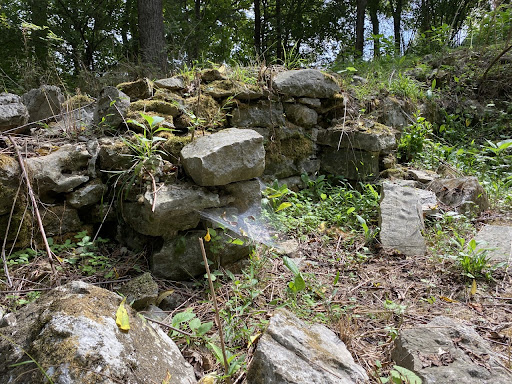
Photo by Tyler Palicia, ’23.
There is evidence that the Steward’s House once burned. The ice of 229 winters has ripped apart its foundation. Rainwater has swept away the topsoil that once held its stones firmly in place. And in recent years, the force of vibrations created by construction crews using jackhammers to dig a utility trench is believed to have done even more damage to the site. This run-down structure, having been reduced to its very base, physically embodies this institution’s disregard for the most foundational element of its past — chattel slavery.
It’s also worth noting that the university’s only physical acknowledgment of its participation in the Atlantic slave trade is a cheap little sign and an empty brochure dispenser discreetly tucked away between Chavis and Tucker hall. Gee, I wonder why our school gets such a bad rap.
But there are some people at this school who have tried to honor the Steward’s House ruins. Washington and Lee Professor Emeritus of Anthropology John McDaniel led the first excavations of Liberty Hall Plantation (an ironic name) in the 1970s. In order to protect fragile structures, archaeologists typically rebury them after they’ve finished their research, but McDaniel decided not to rebury the Steward’s House because he planned to have it preserved and interpreted as part of a historic park. His plan obviously never came to fruition, and the ruins have been exposed to the direct elements ever since.
Since 2014, Washington and Lee archaeologists have conducted additional excavations and research on the site. The researchers have recovered a plethora of artifacts all pointing to the same undeniable truth: enslaved families were held on the land for well over half a century.
Washington and Lee professor of anthropology Alison Bell, who has worked to shed light on the true history of Liberty Hall Plantation, says that a full restoration of the Steward’s House could cost about $200,000. She also said it would only cost about $25,000 to rebury the ruins, which would at least preserve them in their current dilapidated state. The estimates may seem pricey at first glance, but don’t forget that the university has a $1.4 billion endowment at its disposal. So, perhaps the university’s (or more specifically, the Board of Trustees’) disregard for the Steward’s House isn’t about money at all.
In the meantime, Bell and her colleague, Donald Gaylord, a research archaeologist and instructor of anthropology at Washington and Lee, will continue their field work, which involves reanalyzing ceramic artifacts recovered from the ancient site.
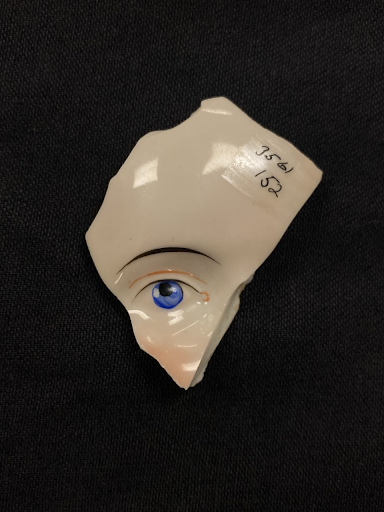
But despite the hard work of faculty members like Bell and Gaylord, it remains disheartening that the university continues to whitewash its past in such an obvious and embarrassing way. And what happened to the vocal group of alumni that is usually so concerned about preserving our history?
I’d like to remind the reader of Washington and Lee’s strategic plan from 2018, which vowed to “take full educational advantage of our natural setting and historic campus” and to “teach and present our institutional history as comprehensively and accurately as possible.” Those words don’t quite ring true to me the more I learn about the Steward’s House, especially in light of the university’s recent approach to similar issues. This is a school that exalts Robert E. Lee. This is a school that only has a 4.2% Black student body. This is a school that attracts visits from the Ku Klux Klan and the United Daughters of the Confederacy. This is a school that evolves without ever changing.
Bell said it best: “The generations of enslaved women, men, and children who lived, labored, ate, and slept in the former Steward’s House created wealth that not only enriched Alexander and Reid but also, through his support, Washington College. Interpreting our history as ‘comprehensively and accurately as possible’ means acknowledging these human beings, their experiences, and their relationships with our institution.”
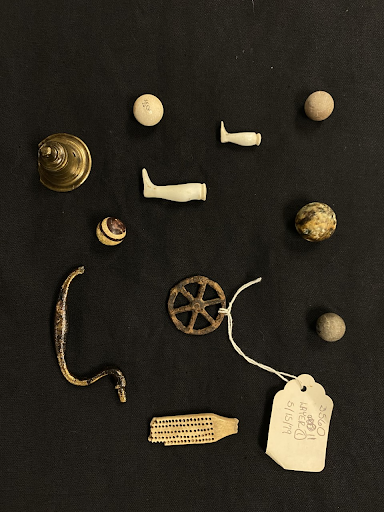
Since 1793, each brutal season has degraded the Steward’s House a little more than the last. How many more seasons will pass before the Board of Trustees corrects this injustice? The trustees alone can make the restoration of the Steward’s House a priority. They can honor this sacred place by turning the Steward’s House into a monument to the people who were once forced to live and work there.



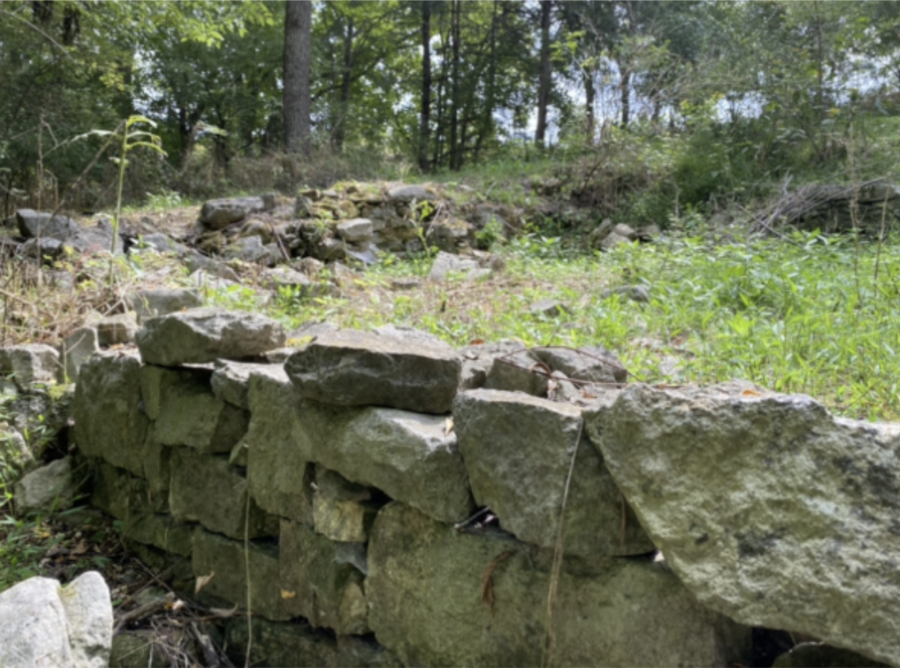
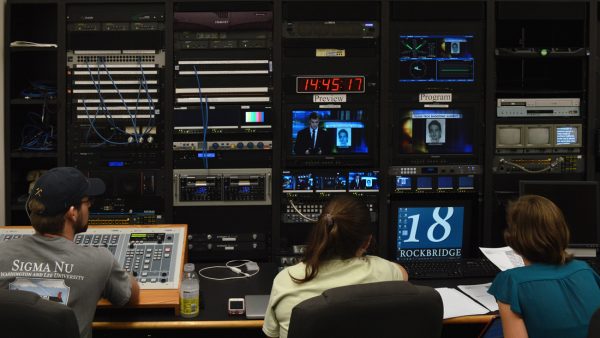
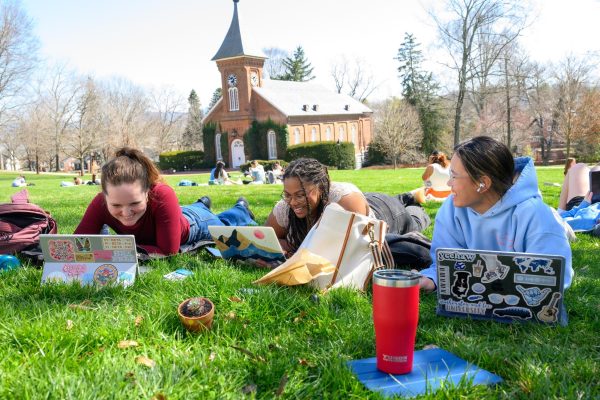

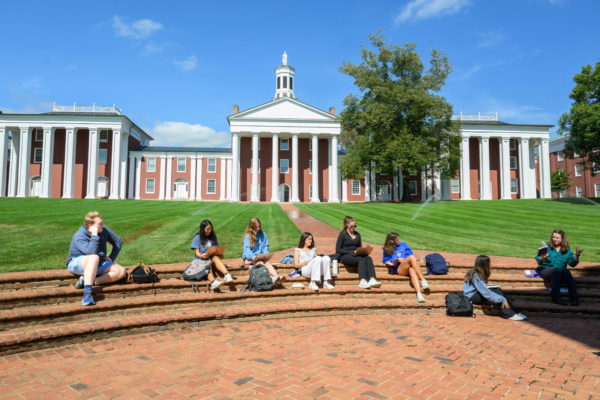
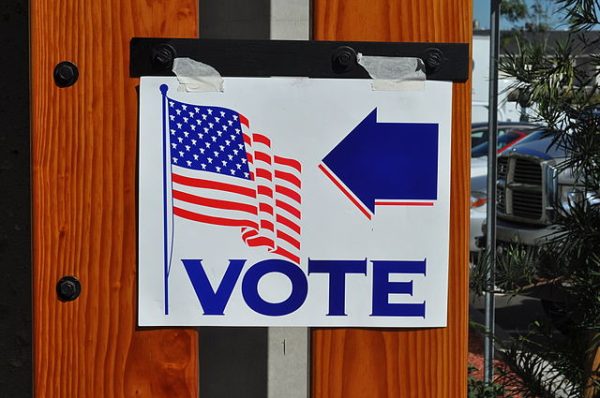
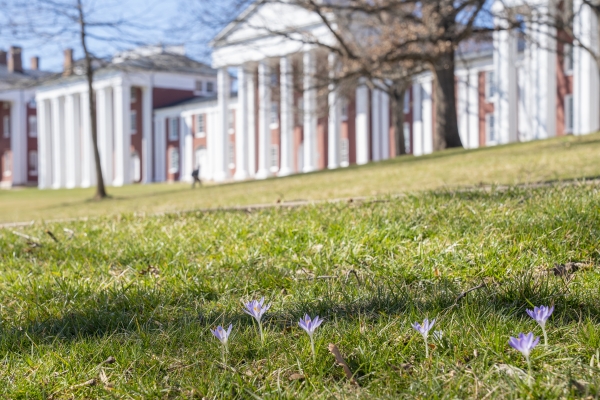

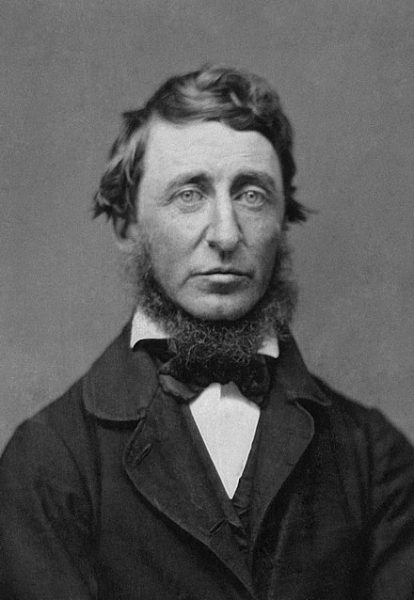


Eleanor Adams • Mar 15, 2022 at 5:39 pm
This is a very well written article. Thank you for educating readers about this neglected piece of W&L’s past. How peculiar that The General’s Redoubt and the student historical society are not devoted to memorializing the site.